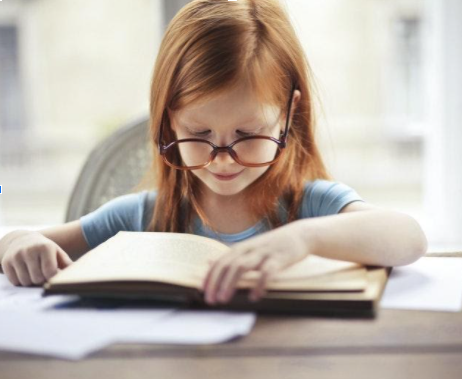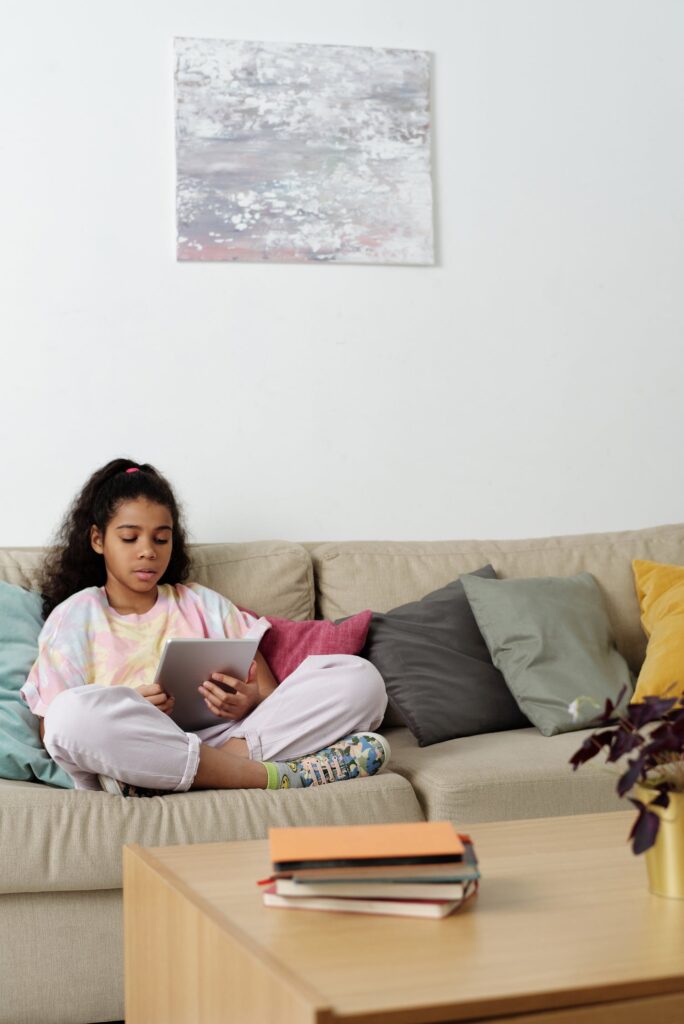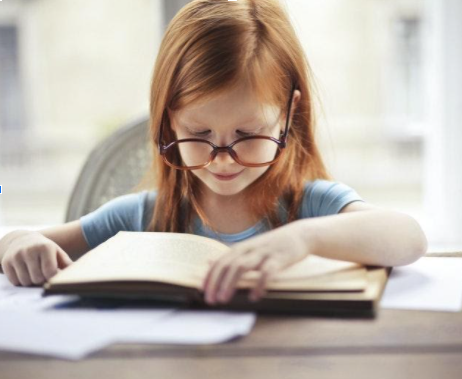With most children earning at home at least some of the time right now, many parents are learning more about Common Core Standards and what they actually mean in terms of the work their children do. One of those standards is close reading. One of the foundational standards for literacy, close reading is an important skill that students use from elementary school all the way through their college years.

But what does close reading actually mean? According to the standards, close reading means to “Read closely to determine what the text says explicitly and to make logical inferences from it; cite specific textual evidence when writing or speaking to support conclusions drawn from the text.” In other words, children need to learn how to not only read what’s on the page, but comprehend what it means and extract information from the text to support their interpretation. Some teachers explain close reading as reading a text enough times so that one can explain what it means to someone else, and correctly answer questions about it.
However, close reading goes well beyond simply being able to summarize the text and recall what was set. By practicing close reading, children learn how to analyze a text and draw conclusions, make inferences, and connect what they’ve read to other learning. As children move through different grade levels, they build on the foundational skills incrementally, with the ultimate goal of being able to manage increasingly complex texts.
The Process of Close Reading
Close reading isn’t simply a process of reading something several times. The strategies used to teach close reading are designed to get children engaged with the text, and thinking about what it means within a larger context.
To help with this process, many teachers use a three-step process for close reading. This process works for all types of texts, including fiction, nonfiction, and poetry. It begins with reading the text one time to capture the general idea. It can be helpful to write a general summary of what was read at this point, just to clarify thoughts. Highlighting the main points — the thesis statement, main idea of each paragraph, and conclusion — can help with this.
Annotating, or taking notes about the text, while reading is an important part of the close reading process. This includes identifying unfamiliar words or phrases, noting anything surprising, jotting down questions, and summarizing the point of each paragraph in the margins. As students become more proficient in annotating texts, they may need to identify specific aspects of the text, such as the purpose or tone, marking evidence for their assessment.

The second step of close reading is another read-through, this time with an eye toward understanding. If there are specific questions to answer about the text, the second read through is the time to start thinking about the answers and formulating a response with evidence. If anything is still unclear at this point, ask questions or do more research to really understand the text.
Finally, the last step is to respond, either in writing or verbally, to questions about the text. Students should be prepared to provide specific examples to support their arguments, even in the early stages. For example, a first grader might be asked what they think a character’s emotions were in a scene, and explain why (the expression in the drawing, the words used, etc.)
How Parents Can Help
As a parent, you can be a huge help to your child and their teacher in building close reading skills. The best way to do this is to discuss their reading with them, and ask questions about what they have learned. Ask questions that require them to look back at the text to answer, and what they think the author was trying to accomplish with the text. When they’re young, reading story books to them that are written with the express purpose of teaching life lessons can also be beneficial. Personalized storybooks are particularly effective, helping kids develop emotional intelligence and broadening their understanding of the world and the power of literature to do so. These sorts of stories can help them to focus on meaning in a text, rather than just the narrative at face value.
You can also help them make connections and analyze texts by asking for their response or opinion about the reading. They should be able to back up their arguments with evidence from the text. You can make it easier for them too by creating time and space for reading, and ensuring they have the tools they need, including highlighters, pencils, and a dictionary. By setting them up for success on this skill now, they’ll have what they need later on for success in high school, college, and beyond.
Photo by Andrea Piacquadio from Pexels
Photo by Julia M Cameron from Pexels

